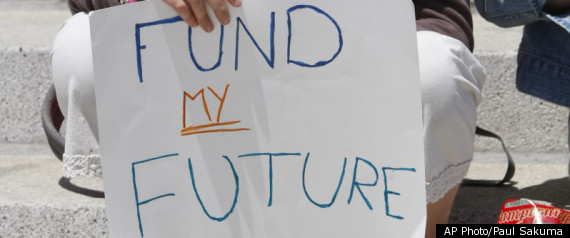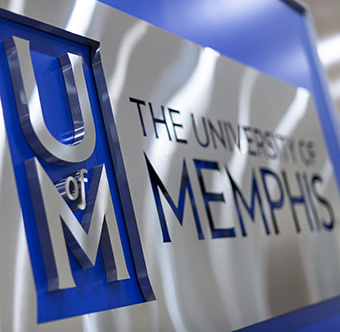Thumbnail: For the first time since the municipalites formed their own districts, Shelby County Schools District will receive a larger share of county and local sales tax funding than last year. The school districts in the municipalities will get less.
**
By Jimmie Covington
For the first time since the six suburban school districts began operation in August 2014, the weighted average attendance total for the Shelby County system and other public schools within the county district went up slightly in the just completed fiscal year rather than declining.
The numbers reflect that public schools located within the county district will receive a little larger share of county and local sales tax funding than the previous year.
And the suburban districts overall will receive a slightly smaller share.
It is unclear whether the year’s numbers represent the beginning of a trend or just a one-year anomaly.
The weighted percentage of attendance in public schools in the county district was 77.17 for the year compared to 77.09 the previous year and 77.65 the year before.
In the 2014-2015 school year, Shelby County Schools’ weighted full-time equivalent average daily attendance (WFTEADA) percentage was 79.25. Publicly funded schools in the county district are those run by the county school system, the state’s Achievement School District, and several charter schools.
Dr. Joris Ray, county schools superintendent, filed the school districts’ WFTEADA figures with Shelby County Trustee Regina Morrison Newman in March. His letter says the figures are “based on the official certification by the Tennessee Department of Education.”
The figures are higher than regular enrollment numbers. Under the state’s formula, the numbers of students are weighted differently in different grades in kindergarten through grade 12.
There also is a higher weighting for some special education students and for students in career and technical education.
Thus, school districts with a higher percentage of students in middle and high school than in elementary school and with higher numbers of special education and career and technical program students receive higher funding.
The new WFTEADA percentages (with the previous year’s percentages in parentheses) are:
Shelby – 77.17% (77.09)
Arlington – 3.35% (3.31)
Bartlett – 6.12% (6.20)
Collierville –6.26% (6.29)
Germantown – 4.20% (4.24)
Lakeland – 1.19% (1.15)
Millington – 1.71% (1.72)
The WFTEADA enrollment numbers for the year (with the previous year’s numbers in parentheses) are:
Shelby –136,256 (134,753)
Arlington – 5,919 (5,782)
Bartlett – 10,804 (10,836)
Collierville – 11,044 (11,000)
Germantown – 7,420 (7,405)
**
This post is written by Jimmie Covington, veteran Memphis reporter with lengthy experience covering governmental, school, and demographic issues. He is a contributing writer with The Best Times, a monthly news magazine for active people 50 and older, where this article appears in its recent edition.
**
Note: State law requires that all local sales taxes are split so that 50% goes to schools and the other 50% goes to the government in charge of the area where the sales taxes are collected. The total revenues generated from the local sales taxes of 9.25% are then divided among the school districts based on their percentage of total students. For example, 77.17% for Shelby County Schools, according to this recent calculation. The money from the 0.50% sales tax increase in Memphis and municipalities are not part of this division and will not be included unless an increase of 0.50% is passed by voters in the unincorporated area of Shelby County.
Join us at the Smart City Memphis Facebook page for daily articles, reports, and commentaries that are relevant to Memphis.




